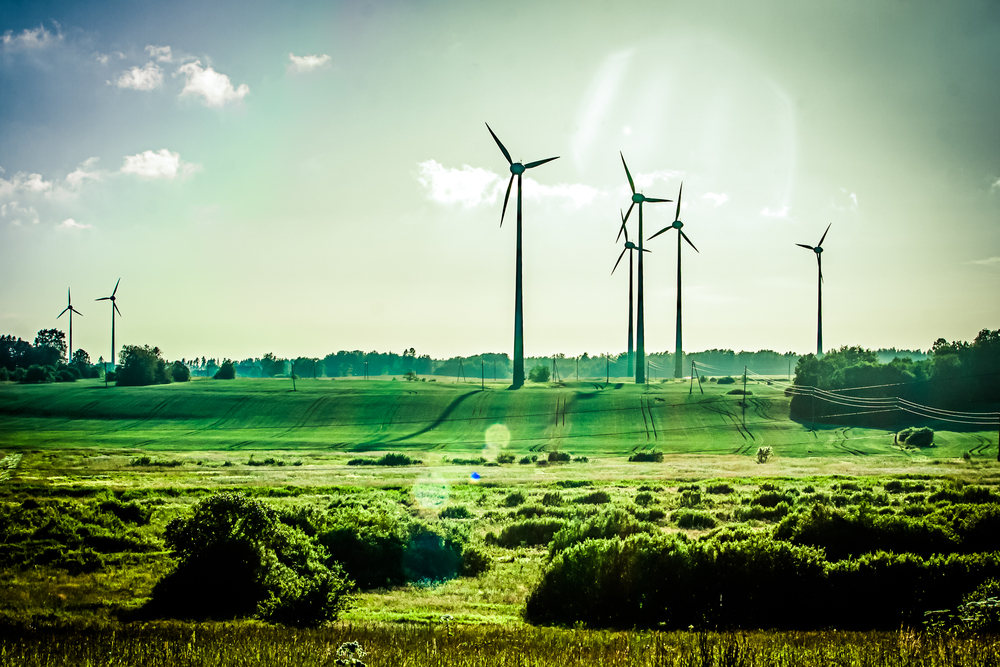
Production Of Too Much Waste
The creation of too much trash is a primary cause of waste disposal issues.
Approximately 220 million tonnes of garbage are generated in the United States each year. It is estimated that the United States produced 260 million tonnes of municipal solid garbage. Every day, each person consumes approximately 2.1 kg of food. The point is, if these are merely American estimates, consider how much garbage the rest of a world’s population produces.
How Does Smart Waste Management Solves Problems In Waste Management
Smart waste management would mean a waste management system that is cost effective, resource efficient, environmentally responsible and socially acceptable.
It is a broad term and does not refer to a specific technology or a specific process. Smart waste management could involve, for example, waste segregation at the source and composting at the secondary collection level. It could be the use of technology to convert waste to energy.
It could mean the use of different collection vehicles like dumpster rentals, depending on the source of waste, that minimizes the number of trips to and from the landfill, as well as the total distances traveled.
Some examples of smart waste management practices include source-segregation of waste at the workplace and source-sorting of recyclables at the doorstep, and high-tech sorting at the recycling center. The goal of smart waste management is to achieve maximum resource recovery and waste minimization for the solid waste generated.
The benefits of smart waste management include the prevention of landfill disposal, reduction of greenhouse gas emissions, or reduction of the amount of waste to be incinerated or landfilled.
Most of the waste is toxic
Regulation of the ever-expanding manufacturing factories is often slack in state and local government regulations. Toxic goods are produced on a daily basis by these industries, which are then thrown away after their usage. Chemicals that are dangerous to human health are found in the majority of these items.
Over 60,000 untested compounds have been found in consumer products, according to an (EPA) Environmental protection agency report. Biphenyl-A (BPA) is commonly found in plastic toys and is known to be harmful, yet these products are still on the market with no regulation.
This category is one of the largest and fastest growing, accounting for 30 percent of MSW and about 40 percent of the garbage is plastic, which is not biodegradable. It’s the combination of this amount of toxicity and loose regulations that makes dealing with trash disposal even more difficult.
Landfills Are A Problem As Well
Most US landfills don’t have adequate on-site waste management, which adds to the already existing environmental dangers. Because of the long-term effects of landfill leaks and pollution, waste management is extremely difficult. Potentially hazardous gases can also be released by these devices.
It’s also common to see laws and regulations governing landfills that aren’t very strict about regulating different types of wastes, such as hazardous waste or medical waste brought by dumpster rentals. When landfill waste management laws are so lax, the toxicity and danger of landfills rise to the point where problems with landfill waste can last for up to 30 years.
Regulations Are Based On Vested Interests
Since garbage disposal & management has become a profitable business, people who advocate for safe, high-quality, and proper waste management are outmatched by the industries that are in the waste disposal disposal and management business.
Large corporations in the waste disposal industry have complete control over the market, from the operation of landfills, sewer systems, dumpster rental services and incinerators to the operation of recycling facilities. The corporations are just concerned with earning a profit, regardless of the standards for waste reduction or the resulting negative environmental consequences.
As a result, they collaborate with interest regulators, resulting in a major problem in effective regulation of trash disposal, that had worsened the devotion to waste reduction and recycling. It’s even worse because even some state official are working with these industry official to expand landfill and increase waste volume in order to increase profits.
Reliance Of Dying Technologies To Reduce And Recycle Waste
Waste reduction and recycling programmes have been put on hold in favour of short-term fixes at the expense of long-term sustainability.
As a result, waste disposal is still largely handled by means of antiquated technology. Most states are wary of investing in new technologies that could help cut down on waste’s toxicity and volume while also enhancing recycling.
When it comes to some “green” technologies, the label is misleading.
Some of the most popular “green” recycling technologies, such as the plasma arc and gasification and pyrolysis, are not entirely green. Unlike traditional incinerators, which generate energy by burning waste, these recycling technology burn waste with less or no oxygen.
Toxic materials are still released into the environment even though waste burning for energy production was considered green because it doesn’t use fossil fuels. These technologies, like traditional trash incineration systems, release toxic ash into atmosphere, endangering human health and polluting the environment.
Because of this, these technologies divert attention away from development of cleaner recycling & waste reduction technologies.